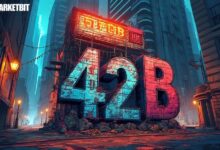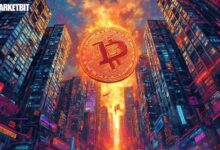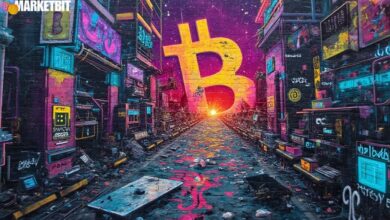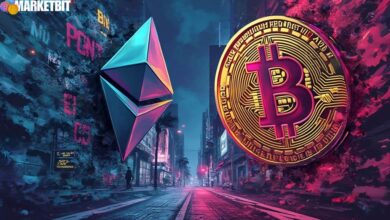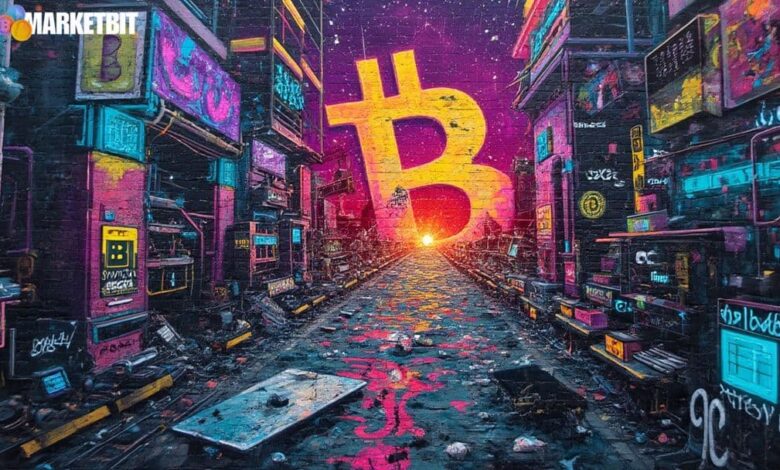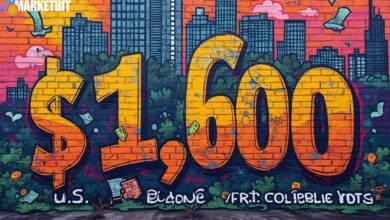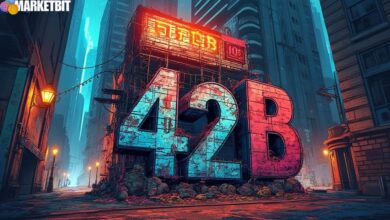Bitcoin
1 hour ago
Quantum Computing Threatens Bitcoin’s Security by 2025
Quantum computing presents an accelerating threat to Bitcoin's cryptographic security, experts warn.
Bitcoin
3 hours ago
Kevin Durant Regains Access to Long-Lost Coinbase Account
NBA star Kevin Durant recovers Bitcoin from his 2016 Coinbase account, confirming with CEO Brian…
Altcoins
4 hours ago
Altcoin Momentum Rises as Bitcoin Dominance Declines
This article explores the growing momentum of altcoins like Ethereum and Solana as they gain…
Business
6 hours ago
FTX Creditors to Receive $1.6 Billion Payout
FTX Recovery Trust to manage a $1.6 billion distribution to creditors, with U.S. claimants nearing…
CMC
6 hours ago
Share and Gain More: BlockDAG’s 25% Referral Bonus Unlocks Huge ROI
Discover how BlockDAG pays for sharing. With 25% referral rewards, almost $410M raised, and coins…
DeFi
8 hours ago
Aave Surpasses $42 Billion TVL, Rivals U.S. Banks
Aave reaches $42 billion TVL, reflecting strong growth and influence in DeFi, rivaling U.S. banks.
Altcoins
9 hours ago
ASTER’s Surge and the Role of Binance
ASTER blockchain experiences a 43% surge in value, driven by cross-chain innovations and Binance's attention.
Bitcoin
11 hours ago
Bitcoin’s Predicted Trends and Market Sentiment
CoinGecko survey reveals over 80% believe Bitcoin will reach new heights, with forecasts between $180,000…
Altcoins
12 hours ago
XRP Holds Steady at $3 Amid Institutional Support
XRP revisits $3 as institutional support bolsters its outlook despite market volatility.
Crypto
14 hours ago
EU Imposes 19th Sanctions Wave Targeting Russian Crypto Platforms
The EU expands sanctions on Russia by targeting LNG and cryptocurrency to intensify pressure amid…
$ 115,744.01

Bitcoin (BTC)
1h0.06%
24h0.94%
USD
EUR
GBP



